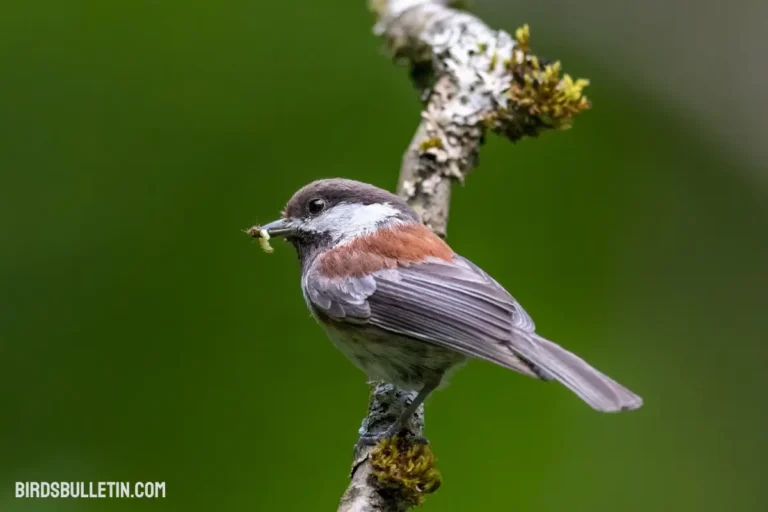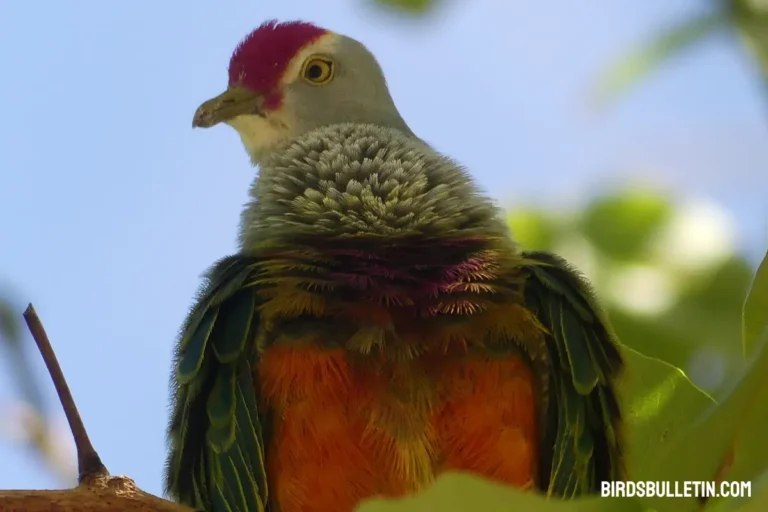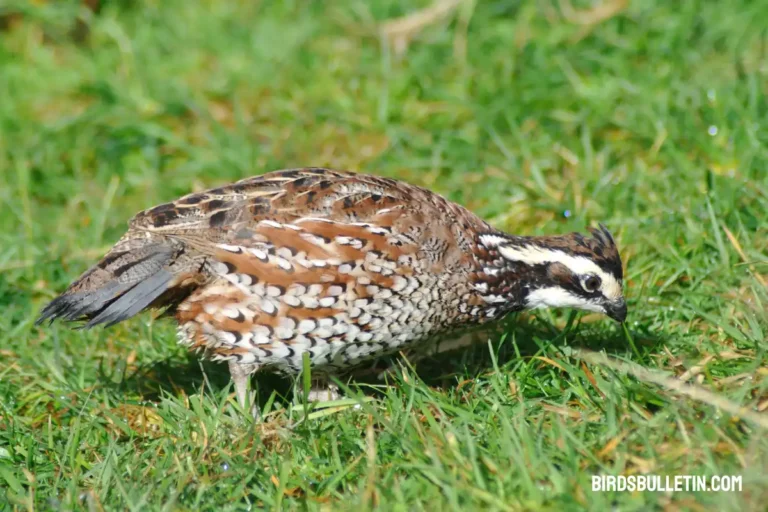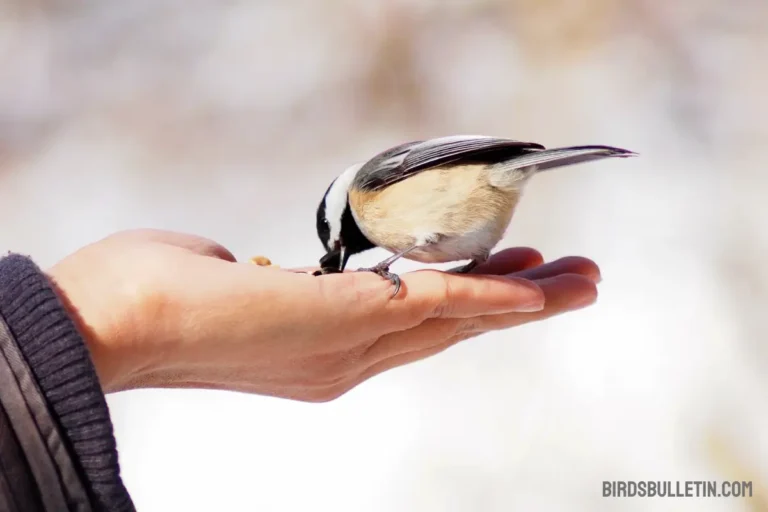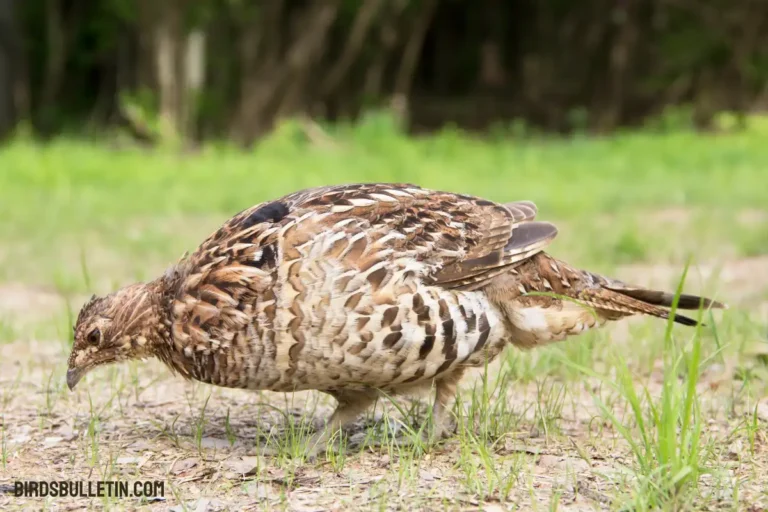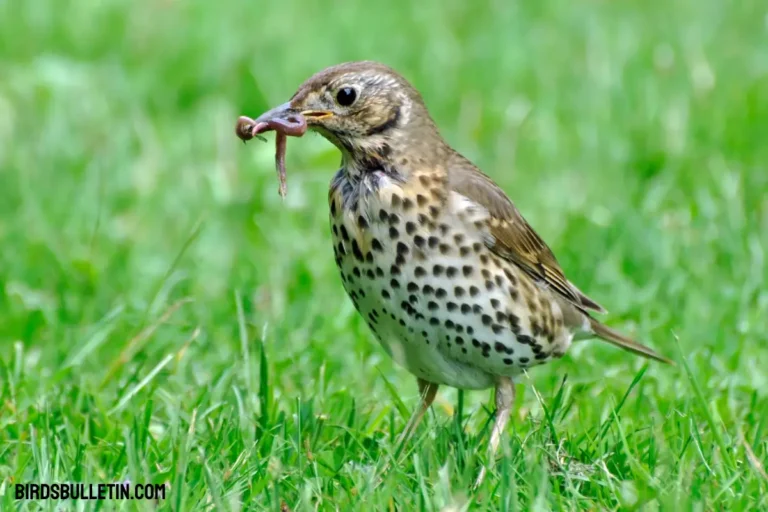What Do Wood Ducks Eat?
Wood ducks stand out as one of North America’s most recognizable waterfowl species. As their name suggests, these ducks thrive in wooded wetlands across the eastern and central United States.
Healthy wood duck numbers depend on the bounty of aquatic foods found in pools, swamps, and rivers shaded by overhanging trees. From seeds and vegetation to aquatic insects and crustaceans, wood ducks dine on a diverse palette.
Favorite Wood Duck Foods
These ducks employ a varied, omnivorous diet helping them flourish in wooded freshwater ecosystems. They forage both at the water’s surface and by diving deeper to probe bottom sediments for nutrition. Preferred foods include:
| Food Item | Details |
|---|---|
| Seeds/Nuts | Prefer foods like cypress knees, millets, smartweeds, and sedges dispersed on water. |
| Fruits/Berries | Favor seasonal native fruits like dogwood, tupelo, elderberry, and black cherry. |
| Aquatic Plants | Duckweeds, pondweeds, eelgrass and algae. Make up the majority of vegetation eaten. |
| Insects | Prefer beetles and fly larvae but eat ants, wasps, and dragonflies too. |
| Crustaceans | Mollusks, small crabs, crayfish, and other aquatic crustaceans. |
| Fish/Amphibians | Minnows, salamanders, and small frogs occasionally for extra protein. |
How Often Do Wood Ducks Eat?
Wood ducks feed pretty steadily during daylight hours, taking brief breaks for preening and resting. During summer they consume more plant matter while in winter their diet trends more carnivorous.
What Time of Day Wood Ducks Feed?
Crepuscular schedule with early morning and evening foraging peaks. However, Wood Ducks readily feed periodically all day from dawn through dusk. Nesting hens take more midday breaks to incubate eggs.
How Wood Ducks Gather Food?
As dabbling ducks, they often tip forward to feed on the water’s surface, reaching just below to capture floating seeds, aquatic insects, and other small organisms. Though not diving specialists, Wood Ducks will briefly submerge to collect underwater vegetation or pursue aquatic invertebrates.
Dense wetland vegetation provides further opportunities to probe sediments and plants in search of macroinvertebrates and seeds. During nesting season, Wood Duck pairs forage in proximity to nest sites. One unique behavior is their tree-climbing ability, allowing access to energy-rich acorns unavailable to most waterfowl.
Wood Ducks also regularly supplement their diet through terrestrial foraging, walking, or waddling on land to consume fallen seeds, fruits, and terrestrial invertebrates. Their versatile foraging ecology allows Wood Ducks to thrive in a diversity of shallow wetland habitats across North America.
What Wood Ducks Eat in Winter?
Colder conditions freeze many wooded wetlands, so the winter diet relies more on acorns and nut crops gathered from forest floors. Corn and wheat grains also help wood ducks survive when aquatic foods are less accessible. Finding unfrozen water to forage remains a driving priority through winter.
What Do Baby Wood Ducks eat?
Ducklings have specific dietary needs that cater to their rapid growth and development. Here’s what baby Wood Ducks typically eat:
01. Insects and Invertebrates: In the wild, one of the primary food sources for baby Wood Ducks is insects and various invertebrates. Ducklings forage for small insects, larvae, and other invertebrates in and around the water.
02. Aquatic Vegetation: Baby Wood Ducks also consume aquatic vegetation. They nibble on tender aquatic plants and algae, which provide essential nutrients and contribute to their overall diet.
03. Small Fish: As they grow older, baby Wood Ducks incorporate small fish into their diet. They catch small fish or aquatic invertebrates in the water, supplementing their protein intake.
04. Crustaceans: Ducklings feed on small crustaceans found in the water, such as tiny crabs and shrimp. These crustaceans add variety to their diet and contribute additional nutrients.
05. Commercial Duckling Feed (in captivity): In captive settings or when raised by humans, baby Wood Ducks are often provided with specialized commercial duckling feed.
06. Natural Seeds and Grains: In their natural environment, baby Wood Ducks consume seeds and grains found near the water’s edge. These can include small seeds from grasses and other plants.
Frequently Asked Questions
01. How do wood ducks find food underwater?
Specialized membrane-like extra eyelids act like built-in swim goggles, enhancing their underwater vision to find submerged foods.
02. What adaptations help them eat acorns?
Strong muscular gizzards grind hard nuts and seeds previously thought too tough for ducks to digest.
03. Do they disperse wetland plant seeds?
Yes, eating fruits like dogwood and then excreting fertile seeds aids forest regeneration and expansion of wooded wetlands.
04. Why do people put nest boxes for wood ducks?
Providing nesting sites helps sustain populations. And wood duckling antics delight backyard wildlife fans grateful for free entertainment.
Conclusion
The uniquely charismatic wood duck brightens North America’s wooded wetlands thanks to a diverse diet sustaining substantial populations. Their flexibility across aquatic and terrestrial foraging helps woodducks thrive despite pressures threatening other waterfowl.
Surprising resilience buoys optimism for this species’ continued success – promising abundant vibrant plumage adorning forests each spring for years to come.
References
- Baldassarre, G. (2014). Ducks, geese, and swans of North America. JHU Press.
- McRae, S. B., DuBowy, P. J., & Lima, A. L. (1994). Winter movements and habitat use of wood ducks in coastal South Carolina. Journal of Field Ornithology, 65(2), 143-151.
- Sanders, T. A., & Kaminski, R. M. (2015). Wood duck eggshell thickness and stable isotopes can predict the abundance of Northern Wood Ducks produced locally. Journal of Wildlife Management, 79(7), 1261-1268.


